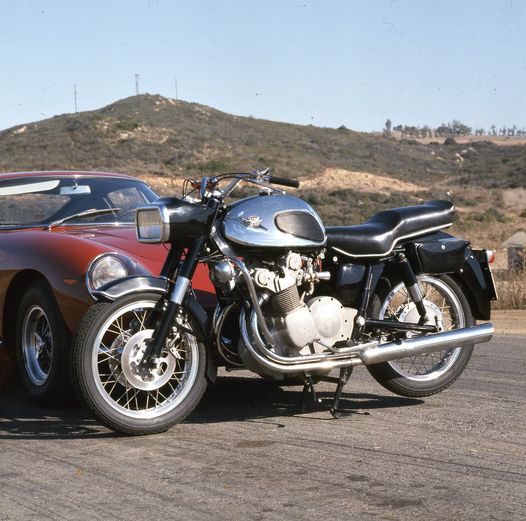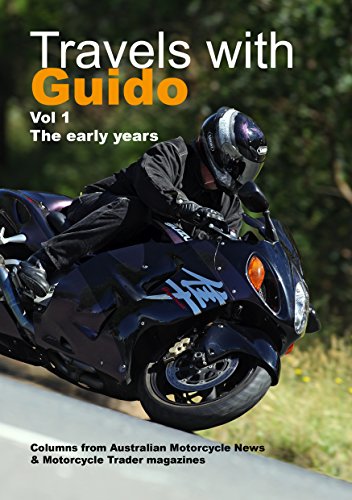Motorcycle Investor mag
Subscribe to our free email news
MV Agusta's 600 grand tourer
(by Ian Falloon, Mar 2022)

Silk purse
or sow's ear?
Count Domenico Agusta
was well known for appreciating the value of publicity
and getting things done.
In 1949 he poached Piero Remor from Gilera and
instructed him to build a 500cc
racing four-cylinder engine. This made it from the
drawing board to test bench
in less than 15 weeks and did so because it was a
virtual copy of Remor’s
Gilera design.
Then at the Milan Show
at the end of 1950 MV displayed the R19, a 500cc street
version of the racer.
At the time an overhead camshaft single was considered
exotic so a production
double overhead camshaft four was remarkable. But the
R19 was purely a
publicity exercise and by the end of the 1950s even the
most ardent enthusiast
became tired of waiting and the R19 was largely
forgotten.
It took several years
for MV to develop their 500 into a consistent race
winner but for 1956 they
hired John Surtees and he rewarded them with their first
500cc World
Championship. Surtees went on to win the 350 and 500cc
World Championships from
1958 until 1960, Gary Hocking taking over in 1961 after
Surtees retired.
Mike Hailwood won the
350 and 500cc Championships for MV from 1962 until 1965
but with his departure
to Honda the venerable four was pensioned off in favour
of a new triple.
As there was no longer
a racing use for the four, Count Agusta deemed the time
was right to introduce
another production four-cylinder. First displayed at the
Milan Show at the end
of 1965, MV again astonished observers. The expected
road-going version of the
Grand Prix racer didn’t eventuate, Count Agusta instead
deciding the new 600
four would be an expensive grand tourer, a two-wheeled
Rolls Royce. His
intention was to make the production four so unsuitable
for racing that they
wouldn’t end up as competition for the factory machines.
Only the engine of the
600 was really related to the factory racers. The
displacement was raised to
592cc using a 58mm bore and 56mm stroke, but the double
overhead camshaft
cylinder head, and straight cut gear camshaft drive
remained. The crankcase was
a one-piece casting, and the crankshaft and big-ends
were all supported by
roller bearings.
The widest part of the
MV engine was the outer cylinders and in the adaptation
to street use a
generator and electric starter were positioned at the
rear of the engine
underneath the swingarm pivot, both driven by one-way
rubber belts.
The compression ratio
was a high 9.5:1, and the racing design could spin
safely to 9000rpm, but the
carburetion was by a pair of Dell’Orto UBF24mm
carburettors more suited to a
250. The result was an unremarkable 52 horsepower at
8200rpm, only enough to
power the 221kg 600 to 170km/h.
Further distancing the
600 from the racers was a heavy shaft final drive, and
unusual styling. Even in
the 1960s this was described as weird, as were the
cable-operated Campagnolo
disc brakes. These early motorcycle disc brakes were
hopelessly ineffective,
even compared to the marginal drum brakes of the day.
A large rectangular
headlight was incorporated in a moulded fibreglass shell
and a pair of huge air
horns mounted on the standard crash bars. A low seat and
cow horn-style
handlebars all made for one of the ugliest Italian
motorcycles ever.
It took a couple of
years for the 600 to make the production line and
although it was built from
1967 until 1972 only 135 600s were produced. By that
stage MV recognised their
lost opportunity and created the sporting 750S. The 600
may be the ugly
duckling of MV fours, but there was silk under that
sow’s ear exterior.
-------------------------------------------------
Produced by AllMoto abn 61 400 694 722
Privacy: we do not collect cookies or any other data.

Archives
Contact





